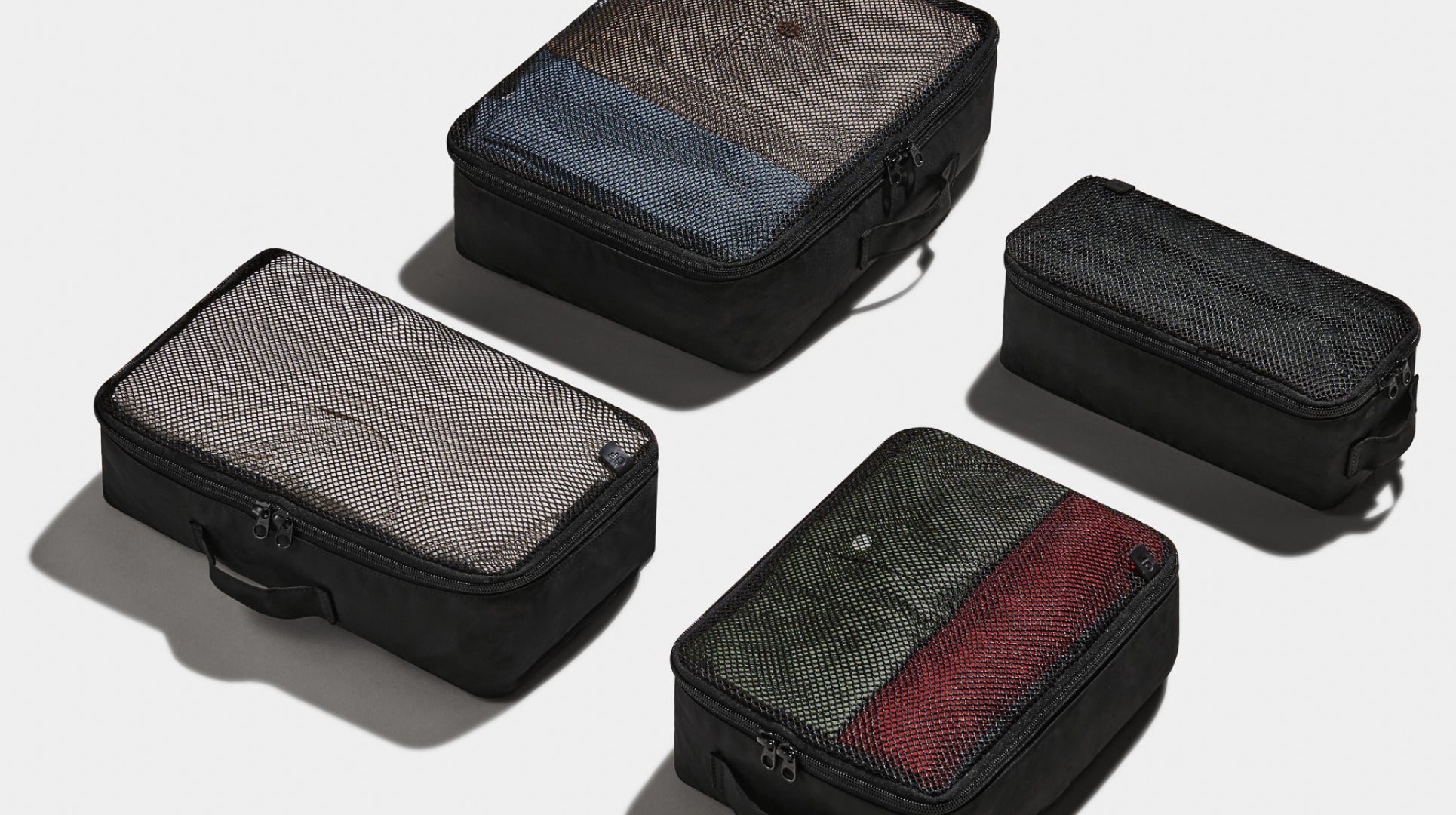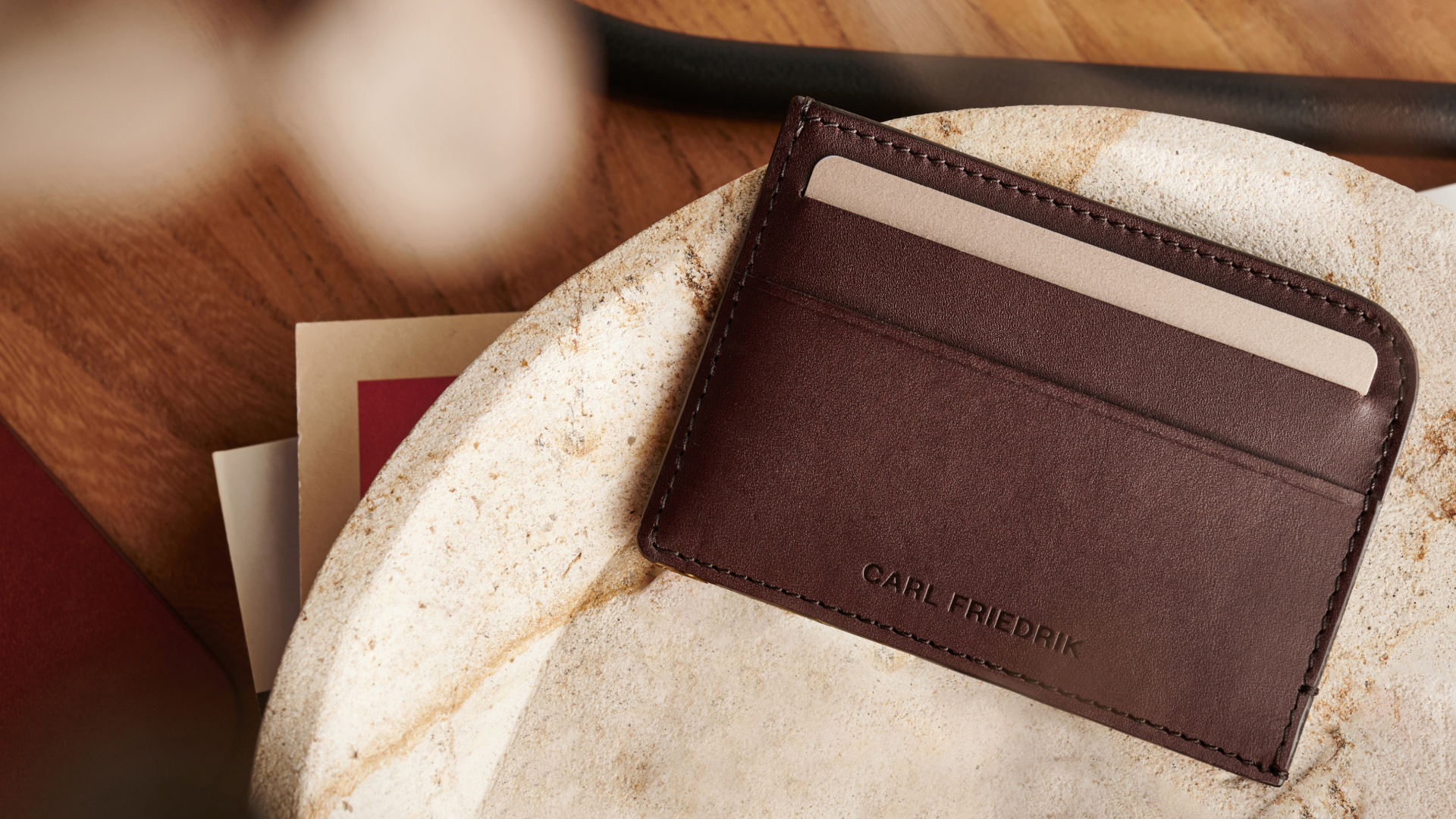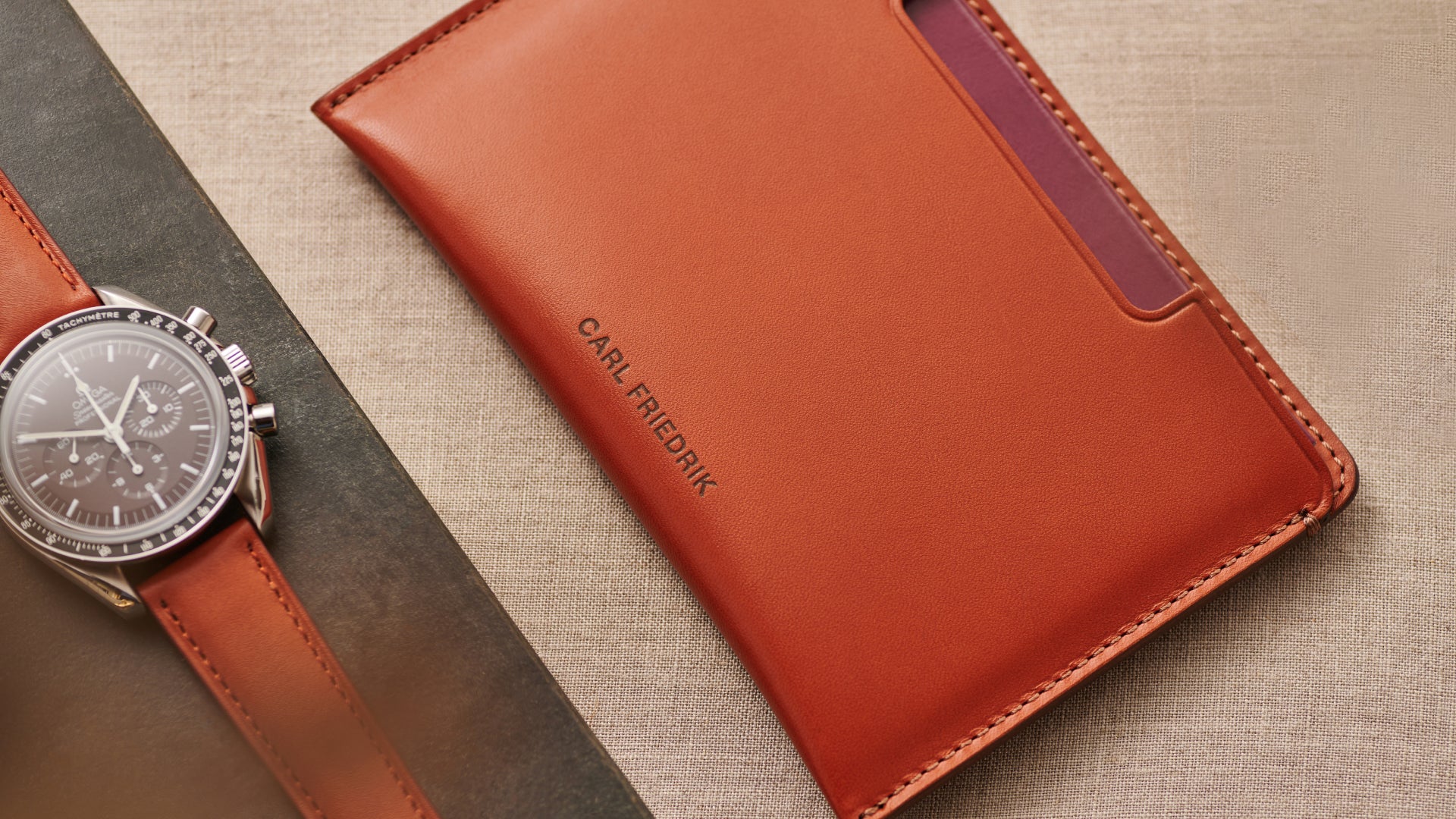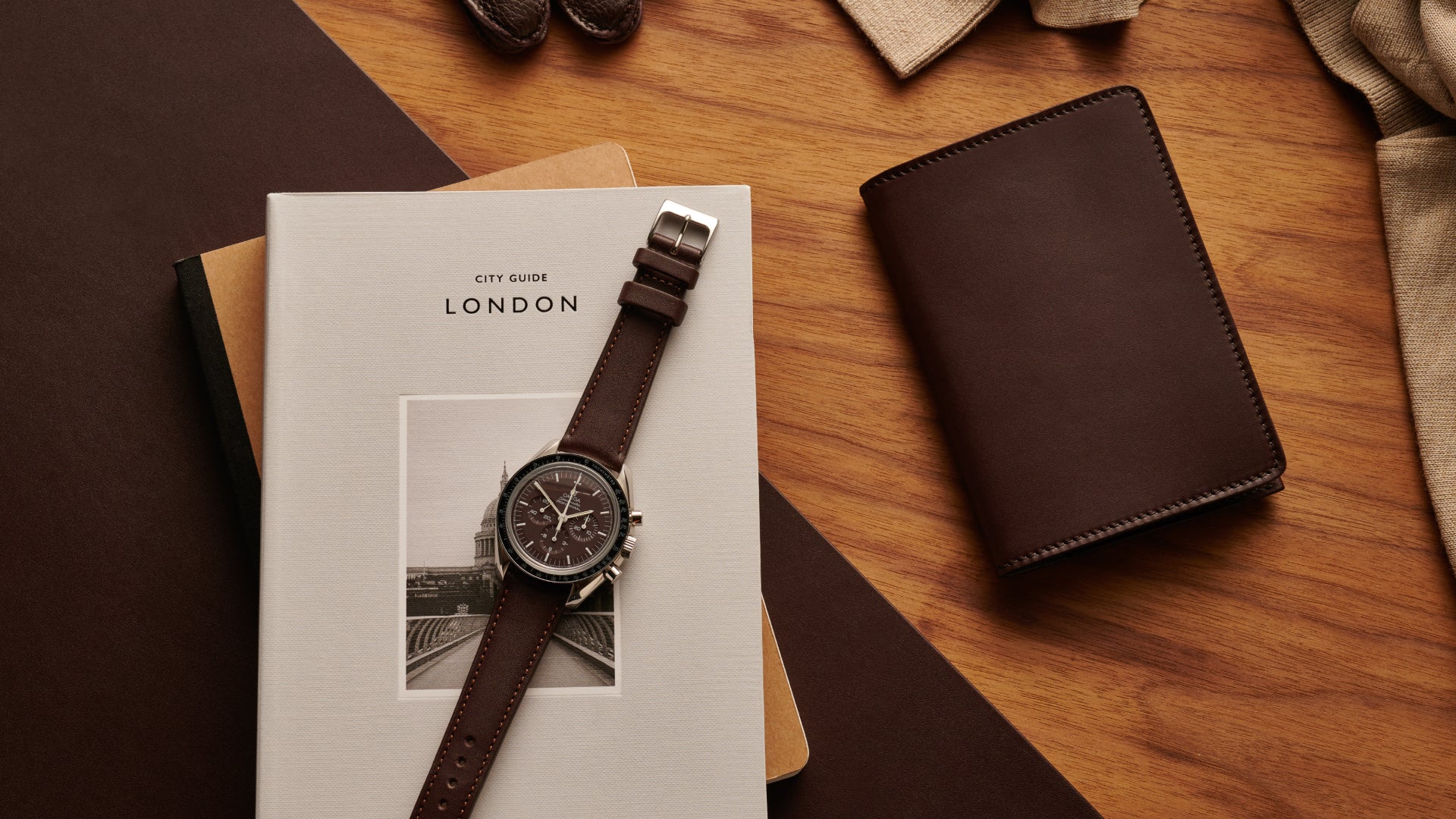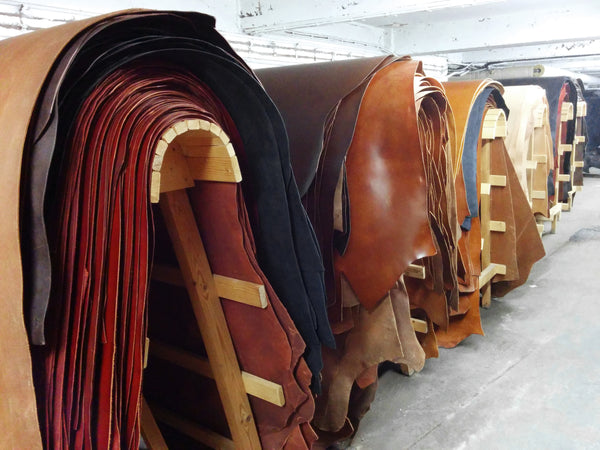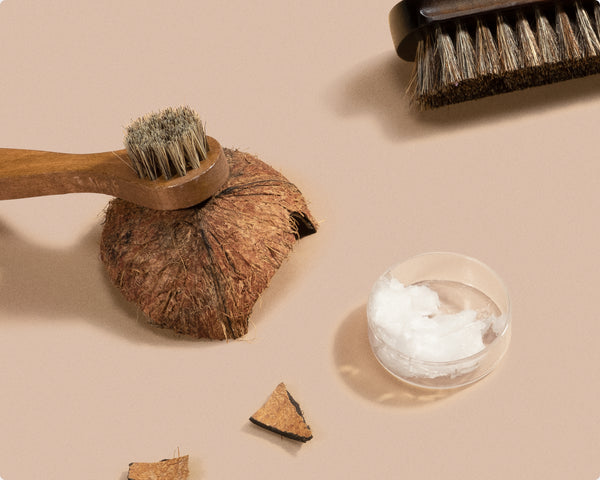The global leather goods market was valued at a staggering $394.12 billion in 2020, with year-on-year growth of 5.9% now predicted from 2021 to 2028 (Grand View Research).
At the heart of this growth is a rising demand for trendy leather apparel, accessories and footwear. In fact, footwear accounted for 47% of the market in 2020.
But who is responsible for producing the leather that is subsequently utilised to create anything from baseball gloves, to biker jackets and our signature briefcases? That is the job of a tannery.
This article offers a detailed look into the world of tanneries, touching on the history of leather, different tanning methods and more. We’ll begin with the basics.

What is a tannery?
It makes sense to start by establishing what ‘tanning’ is. Tanning refers to the succession of chemical processes by which raw animal skins are transformed into leather. This complex procedure has a few key stages, which we will elaborate on later.
It follows that a tannery is a kind of factory or workshop where this entire process takes place. You’ve probably guessed by now that leather craftsmen are historically referred to as ‘tanners’. And that’s enough tanning terminology for now.
The historical significance of tanneries cannot be overstated. They have been a staple part of human communities for thousands of years, stretching far beyond the Middle Ages to Antiquity. Leather has been an indispensable tool in the development of human civilisation, providing clothing, footwear and shelter. And it is the ingenuity of tanners that we have to thank for this wonder material.
China dominates the modern leather tanning industry, with a 25% share of global production (BizVibe). This is largely due to its sizeable livestock sector and position as the leading footwear manufacturer and exporter in the world. Brazil and Russia are the next two largest leather producing nations, followed by India in fourth, whose growth is being fuelled by strong domestic demand from an expanding middle-class.

History of leather tanning
It’s difficult to ascertain who invented tanning. The activity likely started to gain traction around 10,000 BC, when our nomadic ancestors first took to animal husbandry. For the first time in history, there was a steady supply of rawhide that could be transformed into rudimental forms of leather. These early operations were relatively small-scale and simple compared with modern standards.
Around 3,000 BC tanneries began cropping up in Sumeria (Iraq & Kuwait) and Mehrgarh (Pakistan). The Sumerians were renowned for practicing vegetable tanning: a method that involved soaking hides in vats filled with a concentrated tannin solution (tannins are natural compounds found in trees, bark and fruits). However, the ancients employed many methods, including alum (mineral) and oil tanning, the latter of which relied on rubbing hides with animal brains.
In spite of the different tanning techniques, the initial step of removing hair and then bating (softening) the hide was performed by all tanners. And until the Middle Ages — when the depilating ability of quicklime was discovered — these steps required soaking the hides in urine and treating them with excrement. Needless to say, tanneries were associated with odour and relegated to the outskirts of towns as a result. This contributed to the poor social standing of tanners.
By the Middle Ages, technological advancements, the expansion of international trade and the early flowering of capitalism facilitated a huge increase in the demand for leather goods, all of which benefited tanneries. The wealthy elite in Europe took a liking to intricate leather upholstery and elaborate leather shoes, while peasants brought rawhides to their local medieval tannery to be turned into durable clothing items.
Then in 1858, the basic process of how to tan a hide changed forever when chrome tanning was invented. Instead of natural vegetable tannins, this method relied on a solution of chemicals, acids and salts (notably chromium sulphate,) to transform hides into the leather. An operation that had typically taken up to four months was reduced to just 1 day. Chrome tanning helped to meet another jump in demand for leather products during the Industrial Revolution — notably belts to run machinery and military equipment — and now accounts for up to 90% of global leather production.

Leather tanning process
The modern tanning process is intricate and contains multiple steps. We’ll keep things digestible by only touching on the key stages. Before we start, it’s important to remember that the exact process varies according to the nature of the tannery, type of animal hide and the desired outcome of the leather (say, suede vs full-grain leather).
Pre-tanning
The first stage for a tannery is to source raw hides. In the EU, hides must be obtained as by-products of the meat and dairy industries, however, in less economically developed countries (LEDCs), this is not always the case. Once the tannery receives the hides, they are immediately cured to prevent them from biodegrading.
Now we move onto what is known as the ‘beamhouse operations’, the stages that precede the actual tanning. The cured hides must be soaked in clean water to remove the salt and re-moisturise them in preparation for further processing. Next comes liming. During the early history of tanning hides this was carried out by submerging the hides in urine. But now, in order to remove excess hair and flesh, they are placed in a solution of lime (calcium hydroxide). Depending on the desired finish, the hides then undergo bating, a stage that involves treating them with enzymes to promote softness and flexibility.
Splitting is generally considered the final stage of pre-tanning. This involves mechanically slicing the hide into two layers. The upper layer, or ‘grain side’, represents the strongest and most desirable part, and will be used to make luxurious full-grain leather. The lower side will go on to become split or suede leather.

Tanning
At this point the hide is ready for tanning. What happens next depends on the chosen method. Chrome tanning is highly automated and can be completed within 24 hours. It involves placing the hides in baths containing acidic salts. The hides quickly begin to absorb the chromium agents; they are then transferred into baths that are decreasingly acidic until the process is complete. The moist chrome-tanned leather that emerges is known as ‘wet blue’ because of its distinct blue appearance.
The alternative method, responsible for 10% of leather worldwide, is vegetable tanning. A traditional technique that involves placing hides in drums filled with solutions of water and natural tanning agents. Over the course of approximately one month, the hides are slowly rotated into different drums with ever higher tannin concentrations.

Post-tanning
In essence, the post-tanning stage incorporates any additional chemical treatments that are applied to improve the physical appearance of the leather. The leather is fine-tuned to make it suitable for commercial use.
After a drying phase, oils and waxes are applied to promote lubrication, which makes the leather more robust and less likely to crack in the future. A combination of stretching, trimming and measuring with a gauge achieves the desired thickness and size. Thicker varieties can be used in the manufacturing of heavy machinery belts, while thinner sheets of leather are ideal for everyday accessories like wallets.
From here on, shine, colour and texture can all be carefully modified to meet the demands of retailers. The application of dyes gives rise to various colours of leather, ‘setting’ removes creases and buffing gives a polished, glossy finish. There is a wealth of possibilities, so tanneries generally specialise in producing specific types of leather.

Environmental and social aspects of tanning
As aforementioned, the majority of tanneries, certainly in the Western world, obtain animal hides as by-products of the global meat and dairy industry (our tannery subscribes to this practice). So the leather industry plays an integral role in the circular economy, repurposing raw material that would otherwise go to landfill.
Landfill sites are already a major emitter of harmful greenhouse gases like methane (CH4) and carbon dioxide (CO2) : the dumping of further hides would only exacerbate this issue. In this scenario, farmers would also be forced to shoulder the financial burden of landfill tax on the hides (£94.15 per tonne and rising in the UK). So as it stands, there is no better alternative to using discarded hides and skins than making leather.
Onto the leather tanning process. One charge that’s often levelled against the leather industry is that it generates chemical by-products that cripple local ecosystems (from agricultural land to rivers) when mismanaged in developing countries. This is the product of chrome tanning, a method that involves treating the hides with chromium and lead salts. Another issue with chrome-tanned leather is that it will not biodegrade, contributing to the aforementioned landfill issue.
In contrast, vegetable tanned leather is treated with natural, organic tannins and will biodegrade over time as a result. There are no toxic or carcinogenic chemicals required during the tanning process, making it safer for employees and the environment. Despite being the more eco-friendly method, one disadvantage to vegetable tanning is that it requires a large amount of water.

Modern tanning industry
Tanneries in economically developed countries (EDCs) are now highly industrialised and sterile, with state-of-the-art technology controlling every aspect of the tanning process. While in the past the role of a tanner was considered a physically demanding occupation, heavy machinery now accounts for much of the ‘heavy’ lifting. Modern workers are highly skilled and trained as apprentices — a tradition that dates back to craftsmanship guilds in the Middle Ages.
In the Western world, leather tanning is a highly regulated industry. Tanneries in EU member nations, for example, are affected by strict regulations related to the use of chemicals in the workspace, animal by-products and the environment. The same cannot be said for other regions. While the development of the leather industry in South-east Asia — particularly nations like Bangladesh and India — has boosted employment and promoted economic growth, laws are hazy and poorly enforced. Unskilled workers are often subjected to dangerous working conditions and the sector is responsible for destructive environmental practices (Human Rights Watch).
The future poses a number of pertinent challenges for modern tanneries. With global supply chains crippled in recent years, the price of raw materials (including animal hides) has fluctuated. While the push towards carbon neutrality and recent talk of carbon taxes means tanneries must continue to reduce water and energy consumption levels, and keep up with the pace of the global sustainability agenda.
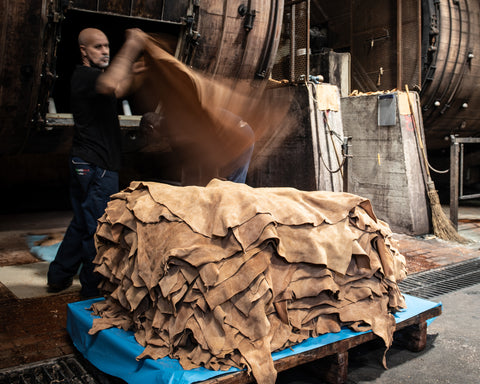
Carl Friedrik's tannery
Located close by to the Arno river, between the historic Italian leather producing cities of Florence and Pisa, lies our partner tannery, Artigiano del Cuoio. Founded in 1920, the tannery has perfected the ancient tradition of vegetable-tanning, producing a variety of full-grain Vachetta leather that is admired for its oily texture and natural, earthy complexion.
In keeping with tradition, the family-run tannery continues to look to the past for inspiration, finishing all of its leather by hand. The result is a premium, natural and extremely long-lasting material that forms the bedrock of our entire collection, used in everything from our sleek briefcases to functional wallets.
Artigiano del Cuoio’s sustainable approach to manufacturing involves controlling the entire production process, avoiding the use of hazardous chemicals and optimising resources to reduce water waste. We are proud to work with a tannery that is so committed to tackling the negative environmental impacts of leather production.

Conclusion
The tannery is a long-standing institution that has occupied a vital position in nearly every society since the 3rd millennium BC.
With demand for leather goods forecasted to rise throughout the 2020s, tanneries will continue to play a key part in global manufacturing for years to come.



